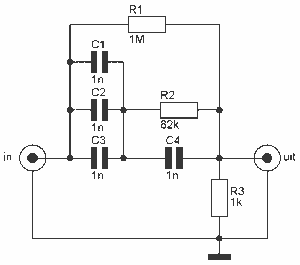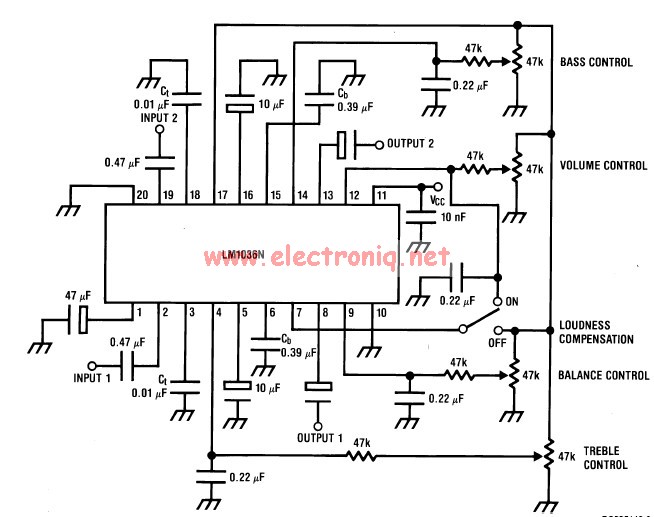
Electronic phone bell

The speaker produces a unique warble tone when ring pulses are applied to the phone line. This circuit can be utilized as a remote bell or by disconnecting the phone's ringer for direct operation. Resistor R1 adjusts the output duration, while resistors R2 and R3 regulate the tone's duty cycle and frequency. The transistor used is a general-purpose NPN photodevice. Additionally, the neon bulb and transistor are enclosed with heat-shrink tubing to create an optoisolator.
The circuit functions primarily by detecting the ringing signal from the phone line, which typically consists of alternating current (AC) pulses. When these ring pulses are received, the circuit activates the speaker, producing a warble tone that serves as an auditory alert. The design allows for flexibility in application, either as a standalone remote bell or integrated into a system where the phone's ringer is disabled.
The output duration can be fine-tuned through resistor R1, allowing the user to set how long the tone is emitted after the ring pulse is detected. This feature is particularly useful in environments where different notification lengths are required. The tone's frequency and duty cycle, controlled by resistors R2 and R3, can be adjusted to create various sound characteristics, enhancing the circuit's versatility in different settings.
The inclusion of a general-purpose NPN transistor serves as a switching device, amplifying the signal received from the phone line to drive the speaker effectively. The optoisolator configuration, formed by coupling the neon bulb and transistor within heat-shrink tubing, provides electrical isolation between the phone line and the speaker circuit. This isolation is crucial for protecting sensitive components from voltage spikes and ensuring safe operation.
Overall, this circuit design exemplifies a practical application of basic electronic components to create an effective notification system, with adjustable parameters that cater to specific user needs.The speaker emits a distinctive warble tone when ring pulses are applied to the phone line. Use this circuit as a remote bell or disconnect the phone"s ringer for direct use. Rl adjusts the duration of the output; R2 and R3 control the tone"s duty cycle and frequency. The transistor is a general-purpose NPN photodevice The neon bulb and transistor are coupled with the heat-shrink tubing to form an optoisolator.
The circuit functions primarily by detecting the ringing signal from the phone line, which typically consists of alternating current (AC) pulses. When these ring pulses are received, the circuit activates the speaker, producing a warble tone that serves as an auditory alert. The design allows for flexibility in application, either as a standalone remote bell or integrated into a system where the phone's ringer is disabled.
The output duration can be fine-tuned through resistor R1, allowing the user to set how long the tone is emitted after the ring pulse is detected. This feature is particularly useful in environments where different notification lengths are required. The tone's frequency and duty cycle, controlled by resistors R2 and R3, can be adjusted to create various sound characteristics, enhancing the circuit's versatility in different settings.
The inclusion of a general-purpose NPN transistor serves as a switching device, amplifying the signal received from the phone line to drive the speaker effectively. The optoisolator configuration, formed by coupling the neon bulb and transistor within heat-shrink tubing, provides electrical isolation between the phone line and the speaker circuit. This isolation is crucial for protecting sensitive components from voltage spikes and ensuring safe operation.
Overall, this circuit design exemplifies a practical application of basic electronic components to create an effective notification system, with adjustable parameters that cater to specific user needs.The speaker emits a distinctive warble tone when ring pulses are applied to the phone line. Use this circuit as a remote bell or disconnect the phone"s ringer for direct use. Rl adjusts the duration of the output; R2 and R3 control the tone"s duty cycle and frequency. The transistor is a general-purpose NPN photodevice The neon bulb and transistor are coupled with the heat-shrink tubing to form an optoisolator.





